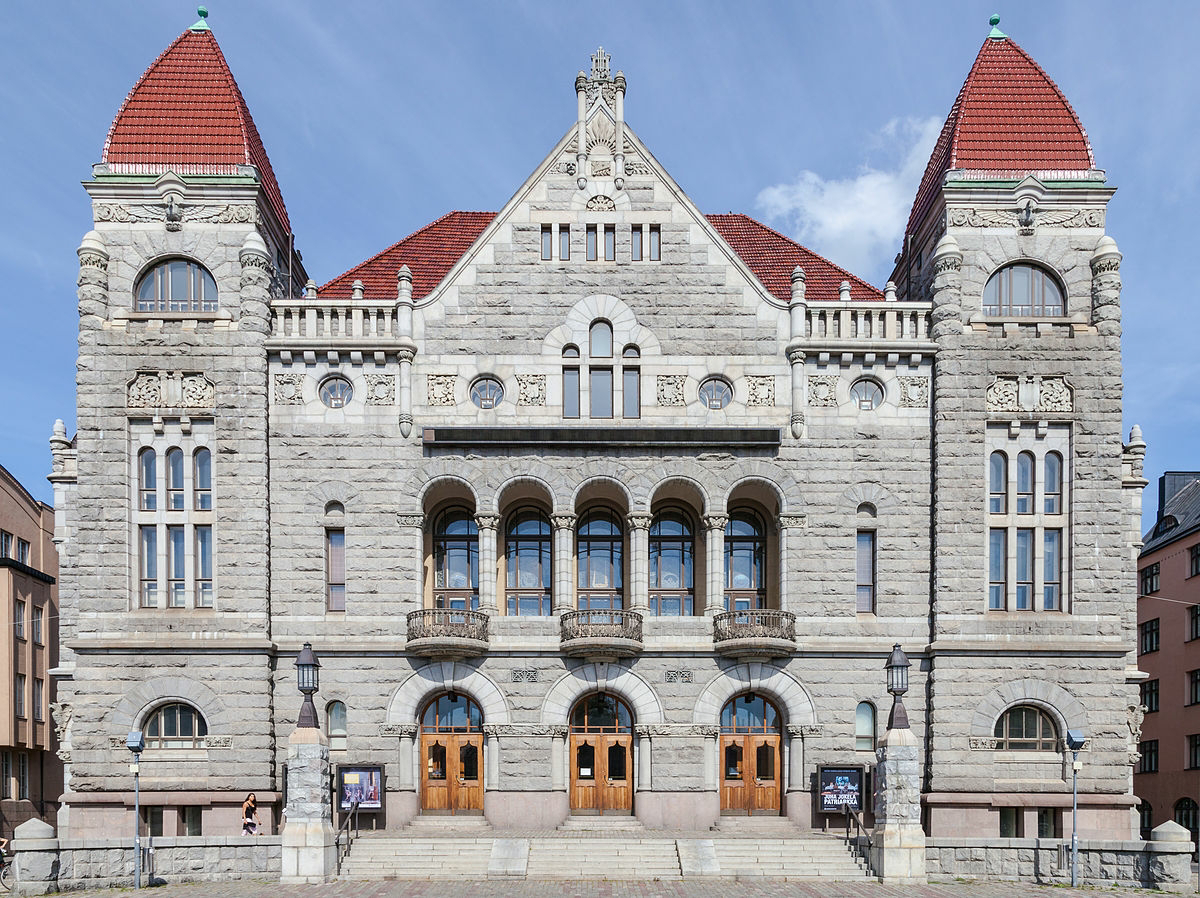Russian Poisonings: "The Cell" - Notorious Soviet Poisons Lab
After looking at several poisonings of Russian dissidents, we now have a clear idea of what the Russian secret services are capable of. But, have you ever stopped to wonder where they get these highly toxic, illegal poisons? The notorious ''Kamera'', or ''The Cell'', was said to be the one-stop shop for Soviet Russia's poisonous needs. Where is it located? And is it actually closed down, or is it still operating in the shadows?
''Kamera'' or LAB X?
In 1921, a secret laboratory was set up under the watchful eye of Professor Igantii Kazakov. Five years later, it was taken over by Genrikh Yagoda, who became the chief of NKVD in 1934. This was the People's Commissariat for Internal Affairs, tasked with overseeing the country internal public order affairs, as well as the secret police. It was also the same organisation that was responsible for the ''Great Purge'' under Stalin, in which Yagoda was one of the main players.
 |
| Genrikh Yagoda |
In February 1939, a new person took the reins, Mr Grigory Moiseevich Mairanovsky. It also changed the name to Laboratory 1. At this point in time, we can confirm that human experimentation was happening. Mairanovsky, a biochemist and poisons developer, was known to have tested various poisons and gases on Gulag prisoners. The laundry list of substances included: mustard gas, curare, ricin, digitoxin, and cyanide, and many others. His goal was to create the perfect poison! Something odourless, tasteless, and that could not be detected after the victim's death.
Mairanovsky was successful in creating the almost perfect poison. It was carbylamine choline chloride, or C-2/ K-2 as it was better known. The substance was tested on prisoners of different builds, ages and heath statuses. Testimonies from witnesses account that the prisoners would go very quiet and still, they would become weak, the height would be smaller almost shrivelling and then death would come within 15 minutes of dosage.
Not only was the laboratory responsible for developing poisons under Mairanovsky, they were also tasked with carrying out various extermination and execution operations for the Soviet Union. It is said that the poisons would be approved for use ONLY if they were tested on human subjects.
 |
| Grigory Moiseevich Mairanovsky. |
The laboratory has had many names in the time it has existed: Lab 1, Lab 12, Lab X, but the most prominent was ''Kamera'', which came in the time of Josef Stalin, and stuck around. "Kamera" is the Russian word for "The Cell", a probably fitting name for such a place.
WHERE IS ''KAMERA" LOCATED?
The exact whereabouts of this secret laboratory is still unknown. Many speculations have been thrown about. In 1954, a Russian defector said that it is located next to KGB headquarters in Lubyanka, in Moscow.
 |
| KGB headquarters in Lubyanka |
After the fall of the Soviet Union, the newly formed SVR has taken over running various poisons labs in terms of research. This are located the the SVR headquarters in the Yasenov District, also in Moscow.
 |
| SVR headquarters in the Yasenov District |
These days, I think that Russia has its covert poisons and weapons spread across several facilities around the country. One other place than the famed Lab X is Shikhany Military Base, which is about 965kms (600 miles) from Moscow. This is known as Russia's premier chemical research facility.
SHIKHANY MILITARY BASE
Shikhany is closed city in Russia. It basically means that it is part of a complex of buildings that is forbidden to be accessed by civilians or unauthorised people. It is purported to be the home of the laboratory that developed the Novichok poison that was used on Sergei and Yulia Skripal, as well as Alexander Navalny. Besides the laboratory, there are cafes, shops, grocery stores, schools and a hospital.
 |
| Shikhany Military Base |
SAROV
Sarov is another closed town, in Nizhny Novgorod Oblast, about 466kms from Moscow. This is a significant spot because it is the Russian centre for nuclear research. This is the place that was pinpointed as the supplier of the isotope used to create the polonium used to kill Alexander Litvinenko. It has been the centre for research and production of Soviet, and now Russian, nuclear weapons since the 1940s.
 |
| Sarov, in Nizhny Novgorod Oblast |
The town is heavily fortified. It is surrounded by big fences, and patrolled by military. Foreigners and Russian nationals are not allowed to enter the town without permission. Visitors who visit the facility must surrender their passports, phones, cameras and any other recording equipment.
CONCLUSION
Russia has shown that in modern times, and in the past, it has a strong, innovative streak to invent various methods of killing. Even if these chemical weapons are illegal nowadays, it does not prevent the Russian government to issue orders to assassinate anybody who is considered an enemy of the state. Even other countries, or foreign soil, does not deter them from their goal.
The list of people who died is colossal, and as time passes, it grows even more. The West needs to have a stronger stance to bringing justice to the victims of such crimes, especially if it happens on their own soil. For example, England had a good opportunity to stand up to Russia, as poisonings happened on its soil twice. But, on the other hand, what kind of actions could a Western country take against the leviathan that is Russia?
References:
- https://en.wikipedia.org/wiki/Poison_laboratory_of_the_Soviet_secret_services
- https://www.atlasobscura.com/places/the-kamera-the-chamber-leninskiy-rayon-russia
- https://www.atlasobscura.com/places/lubyanka
- https://www.theguardian.com/world/2018/mar/09/russia-lab-x-poison-factory-that-helped-silence-soviets-critics
- https://www.theguardian.com/uk-news/2018/mar/07/what-do-nerve-agents-do-and-how-hard-are-they-to-make-sergei-skripal
- https://www.businessinsider.com/skripal-poisoning-shikhany-lab-in-russia-named-as-source-of-nerve-agent-2018-4?r=US&IR=T



Comments
Post a Comment